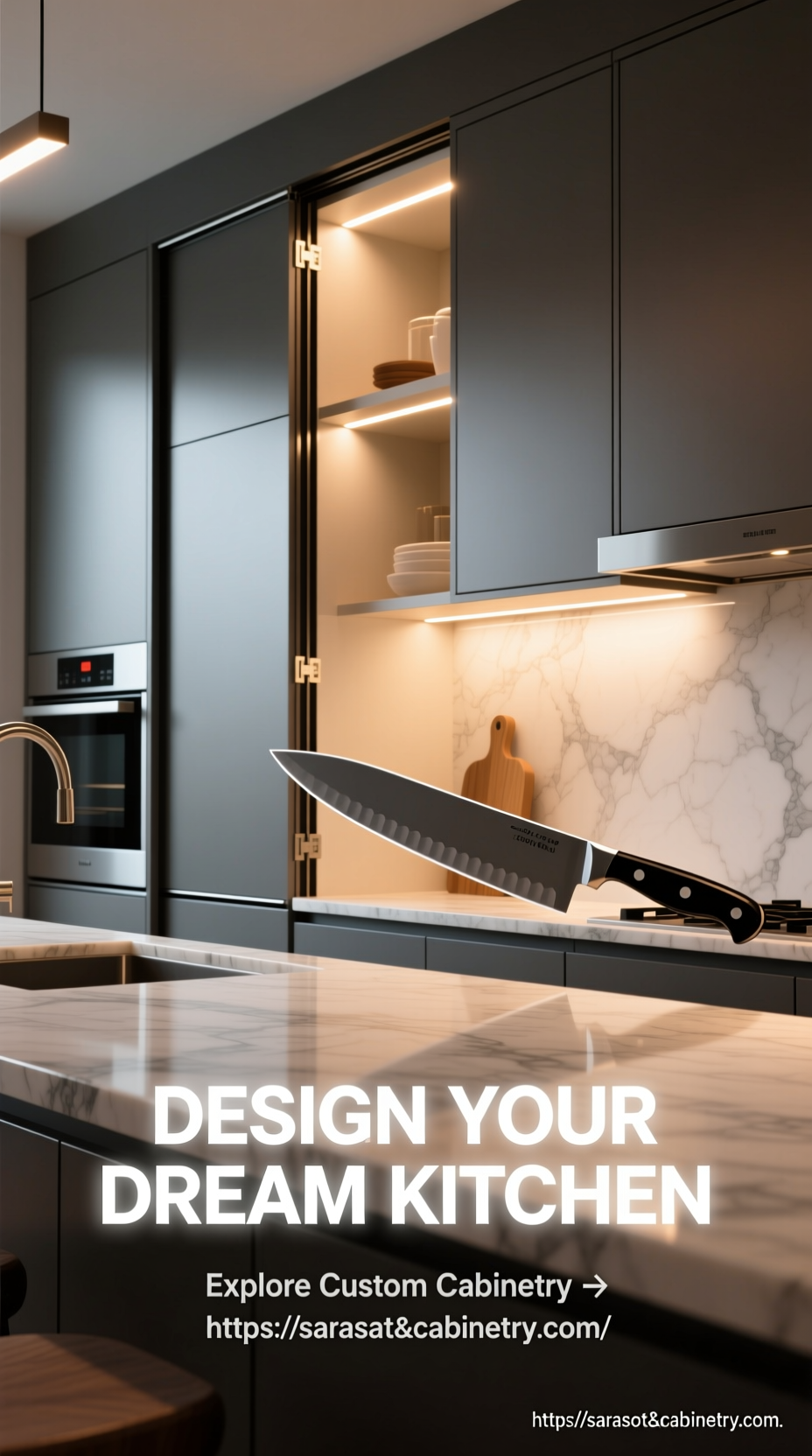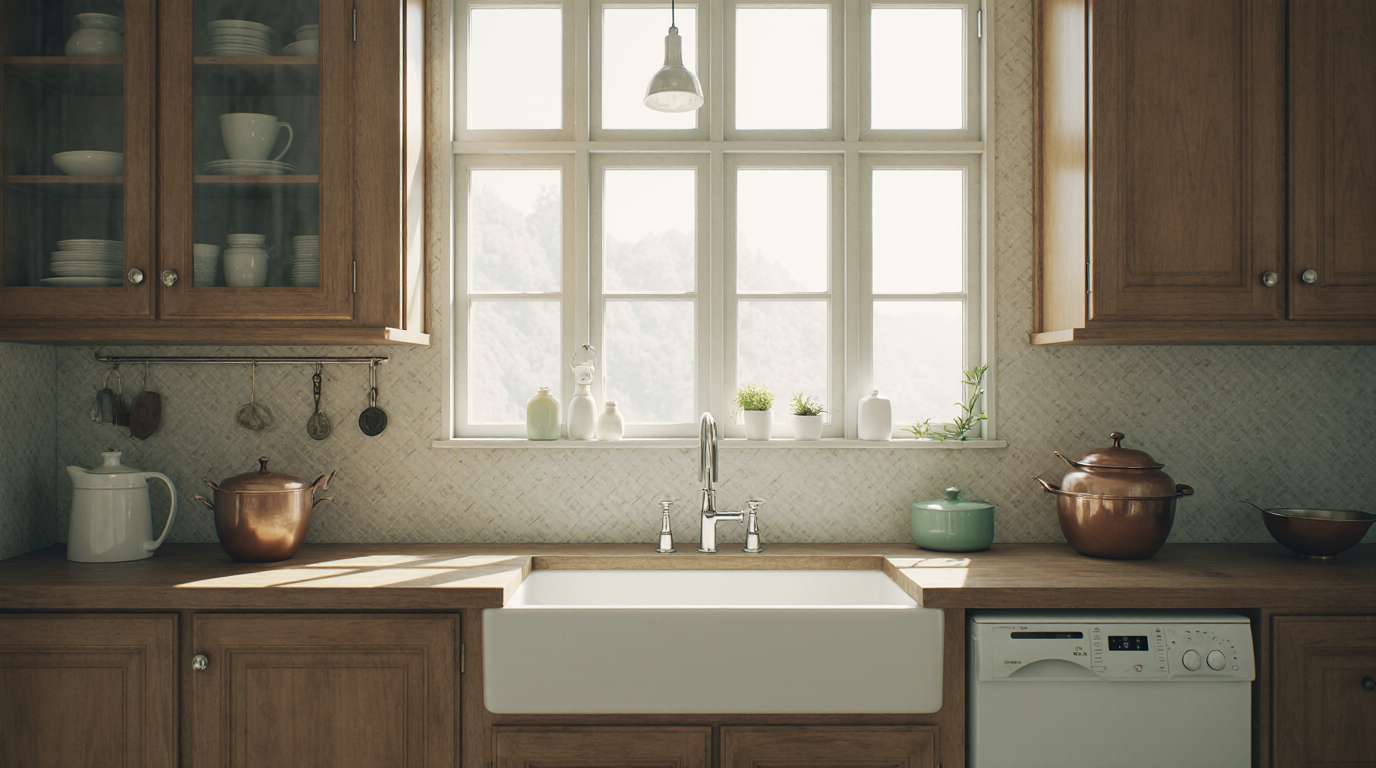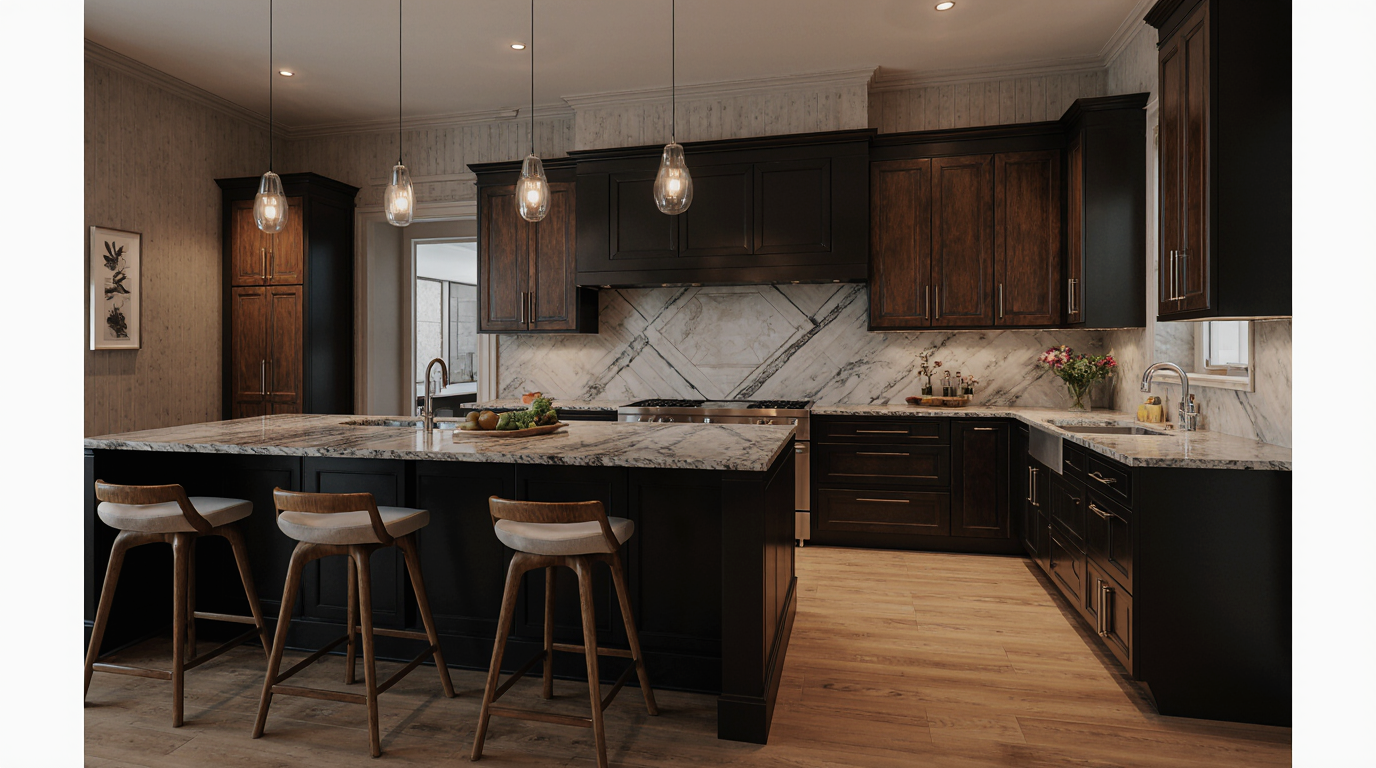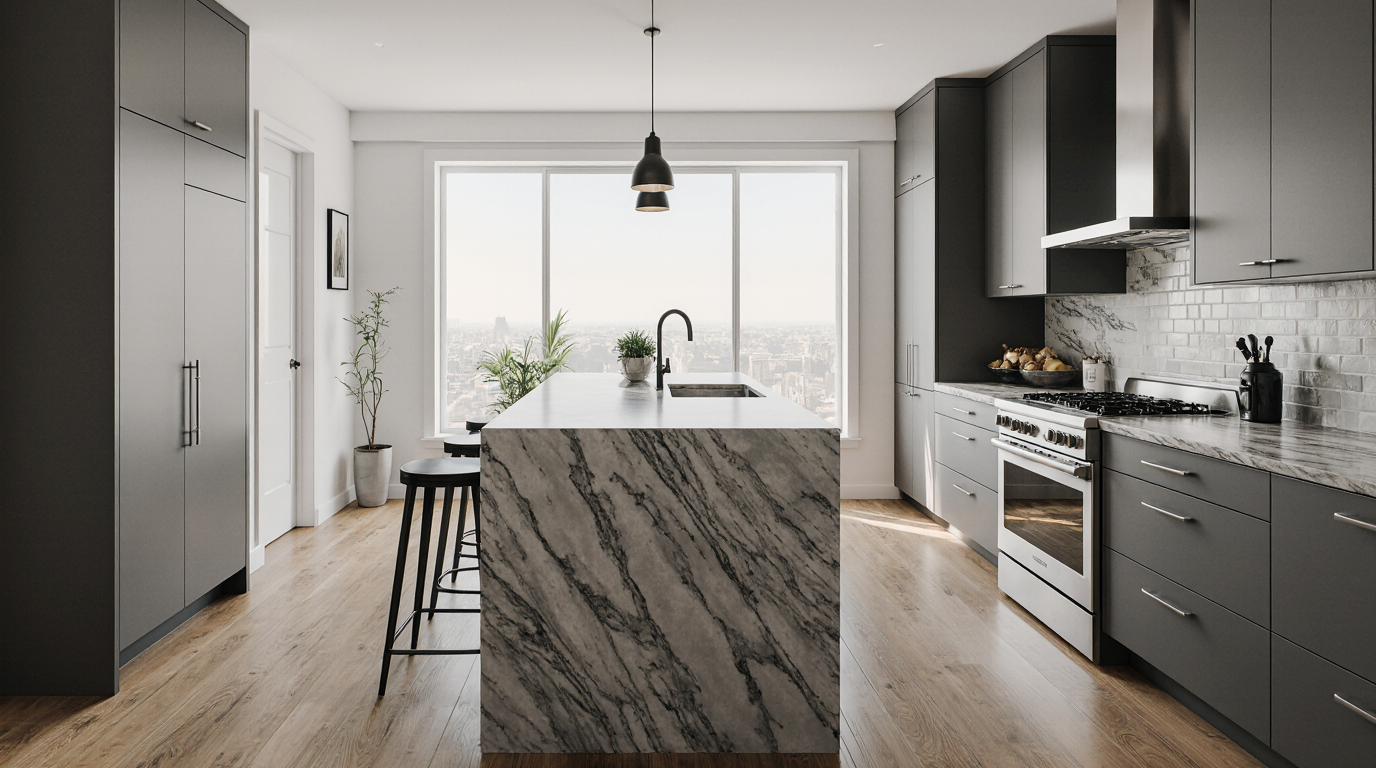Old Kitchen Design
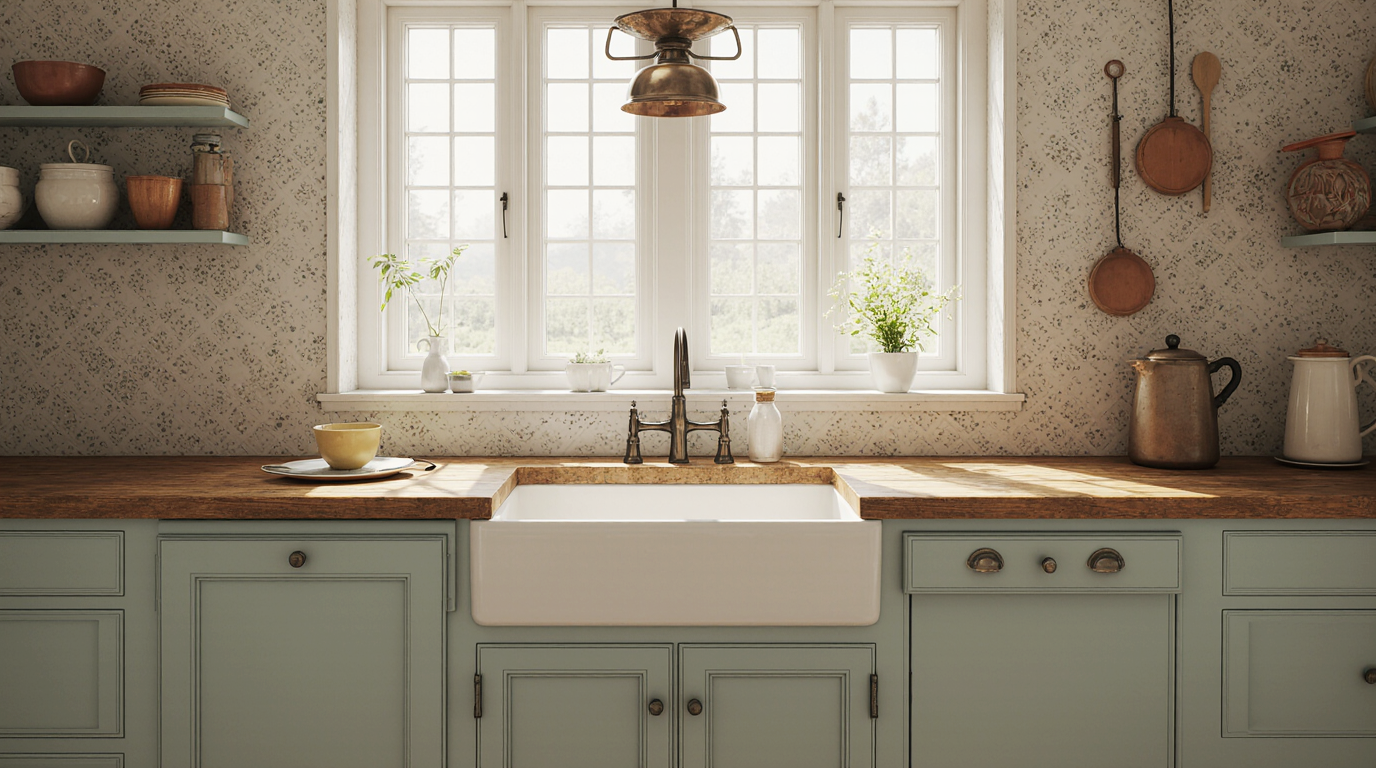
Timeless Old Kitchen Design Concepts Combining Elegance and Practicality
Redesigning a historic kitchen into a space that balances usability with beauty calls for inventive thinking, careful attention to detail, and profound comprehension of kitchen design principles. From the choice of cabinets to the selection of flooring, each component shapes the kitchen’s atmosphere and functionality. Old kitchen renovations require a delicate equilibrium between historic integrity and modern practicality. Personalized kitchen renovations enable the retention of nostalgic aesthetics while improving day-to-day functionality and visual appeal.
Classic kitchen design is distinguished by the lasting allure of traditional materials and architectural arrangements. Wood cabinets with intricate carvings, antique brass fixtures, and traditional tile patterns convey history and sophistication. Although these aspects may seem antiquated, expert renovation allows them to shine as prominent design elements in a refreshed kitchen. High-end kitchen renovations frequently integrate these classic details with state-of-the-art appliances and efficient spatial planning, bridging history with modernity.
Illumination is critical in transforming a vintage kitchen into a visually stunning and functional space. Many traditional kitchens were built with limited natural light, often resulting in dim and shadowy areas. Employing multi-tiered lighting, including task lighting, ambient lights, and accent LEDs, significantly boosts visual appeal and functional efficiency. Strategically illuminating work surfaces enhances culinary safety while showcasing luxurious countertop materials. Updated lighting techniques fuse historical ambiance with modern aesthetics, generating a space that feels timeless and welcoming.
The choice and treatment of flooring significantly impact the rejuvenation of an older kitchen. Antique hardwood or clay tiles offer charm yet often need refinishing for contemporary resilience. Restoring wooden floors or integrating complementary new tiles uncovers hidden beauty and maintains aesthetic harmony. Custom flooring solutions can integrate durability with elegance, ensuring the kitchen remains practical for daily use while maintaining its historical appeal. Opting for ideal flooring promotes stylistic consistency while extending the kitchen’s lifespan.
Cabinet systems define both function and character in vintage kitchens. Classic kitchens often include enduring solid wood cabinetry known for exceptional durability and artisanal details. Cabinet refurbishment through sanding, painting, or hardware swaps renews function while respecting original design. Integrating open shelves or glass-front cabinets offers a stylish balance of old and new, ideal for displaying valued kitchen items. Investing in custom cabinetry ensures that storage solutions are tailored to the kitchen’s unique layout, optimizing both functionality and aesthetic appeal.
Older kitchen surfaces often echo the styles of earlier periods, including laminate or solid wood. Replacing countertops with high-end stone or engineered surfaces instantly enhances visual impact and usability. Countertop selection that coordinates with cabinetry and flooring solidifies design unity and utility. Additionally, kitchen countertops serve as focal points for social gatherings, making material choice essential for creating a welcoming environment that encourages culinary creativity.
Older kitchen configurations frequently require adjustments to accommodate contemporary movement and equipment. Reconfiguring the kitchen to support the work triangle principle, which optimizes the placement of the sink, stove, and refrigerator, can drastically improve efficiency. Kitchen islands or peninsulas provide multifunctional benefits, combining storage, prep areas, and social interaction. Thoughtful spatial planning ensures that the kitchen is not only visually appealing but also highly functional for everyday use and entertaining.
Decorative elements, often overlooked in kitchen remodeling, play a significant role in preserving the essence of an old kitchen design. Classic backsplashes, ornate moldings, and period-appropriate fixtures can enhance authenticity while providing subtle sophistication. Harmonizing period details with modern functionality results in a sophisticated kitchen that balances nostalgia with innovation. Custom colors, materials, and finishes help homeowners reflect personal taste while merging past and present.
Modern appliances harmonize innovation with classic kitchen appeal. Cutting-edge appliances can coexist seamlessly with historic design elements. Modern technology integrates with antique touches to maintain a balance of performance and style. Thoughtful appliance placement maintains efficiency and respects design heritage.
Updating a historic kitchen allows for the incorporation of green and environmentally conscious solutions. Reclaimed materials, energy-efficient lighting, and water-saving fixtures contribute to a greener kitchen environment without sacrificing style. Eco-friendly design merges ethical choices with timeless aesthetics. By incorporating these elements, homeowners can create a kitchen that is not only beautiful and functional but also environmentally conscious.
Ultimately, the charm of an old kitchen lies in its ability to convey narrative and tradition. From classic cabinets to refreshed flooring, each component blends historical essence with present-day living. By combining expert craftsmanship, thoughtful spatial planning, and contemporary technology, a kitchen can be transformed into a space that is both practical and inspiring. Lighting, cabinetry, and appliances work together to produce a kitchen experience that blends history with modern innovation, sustaining beauty, usability, and energy in the home}.

